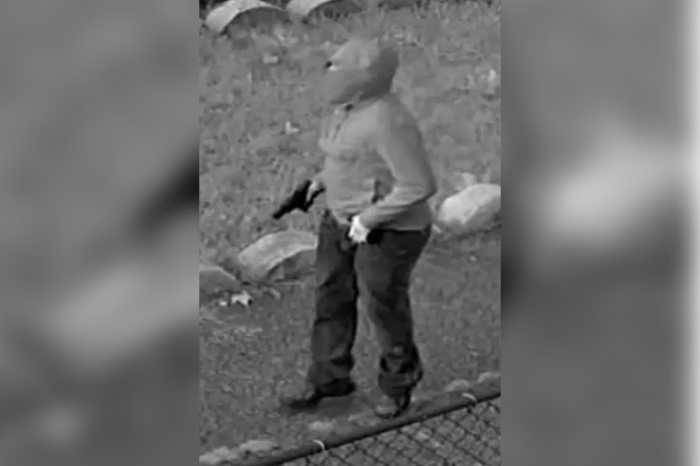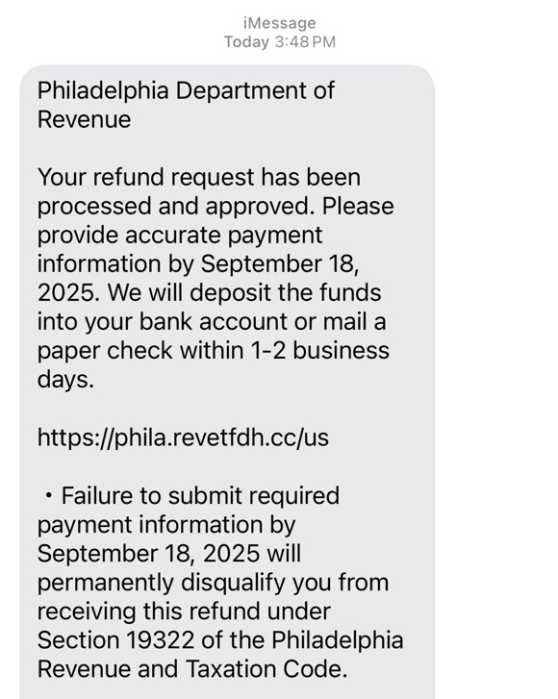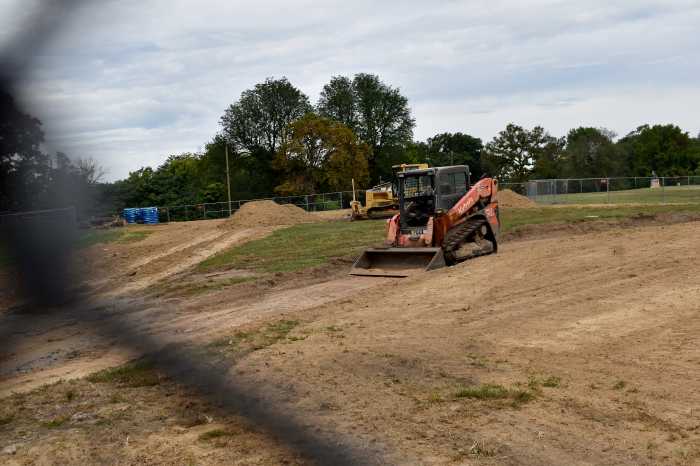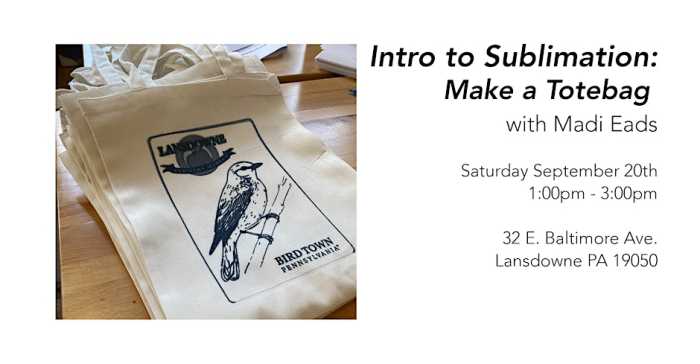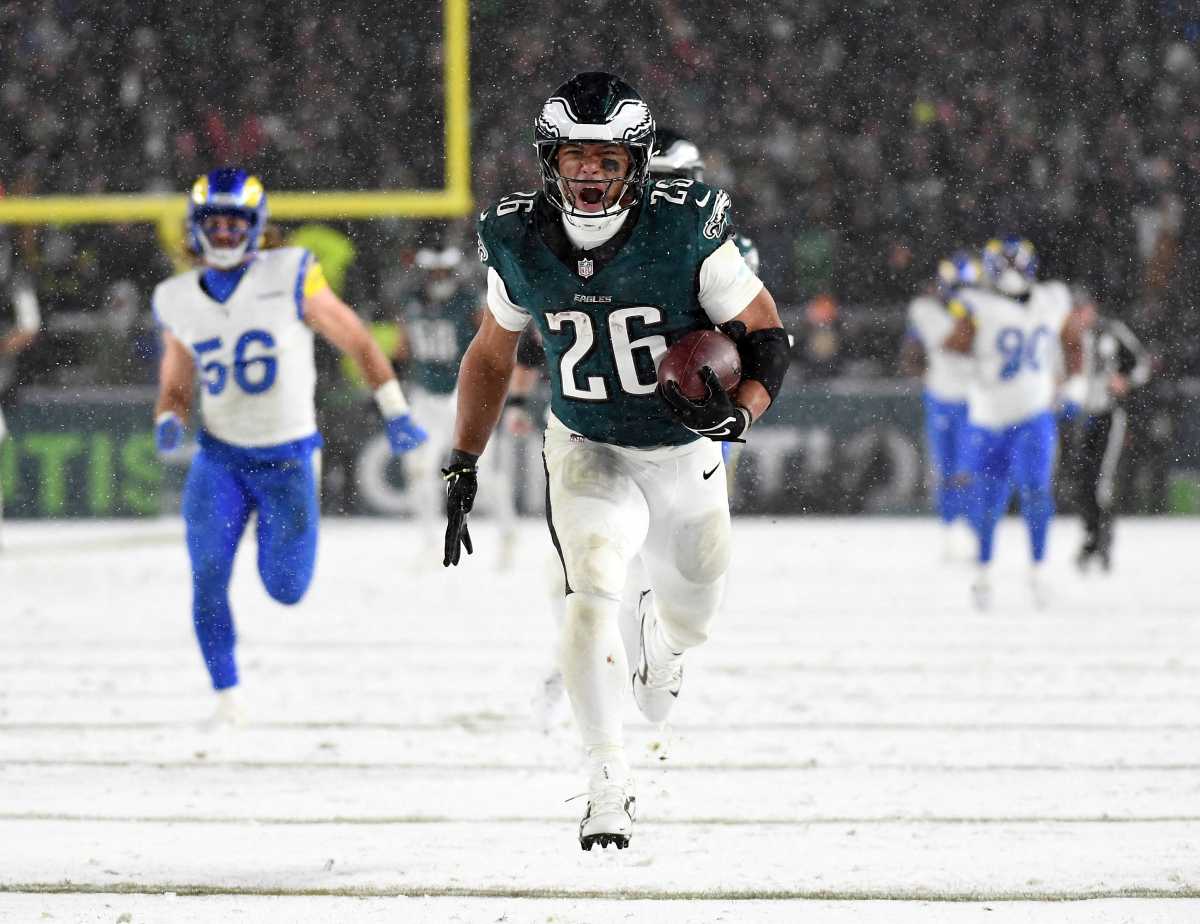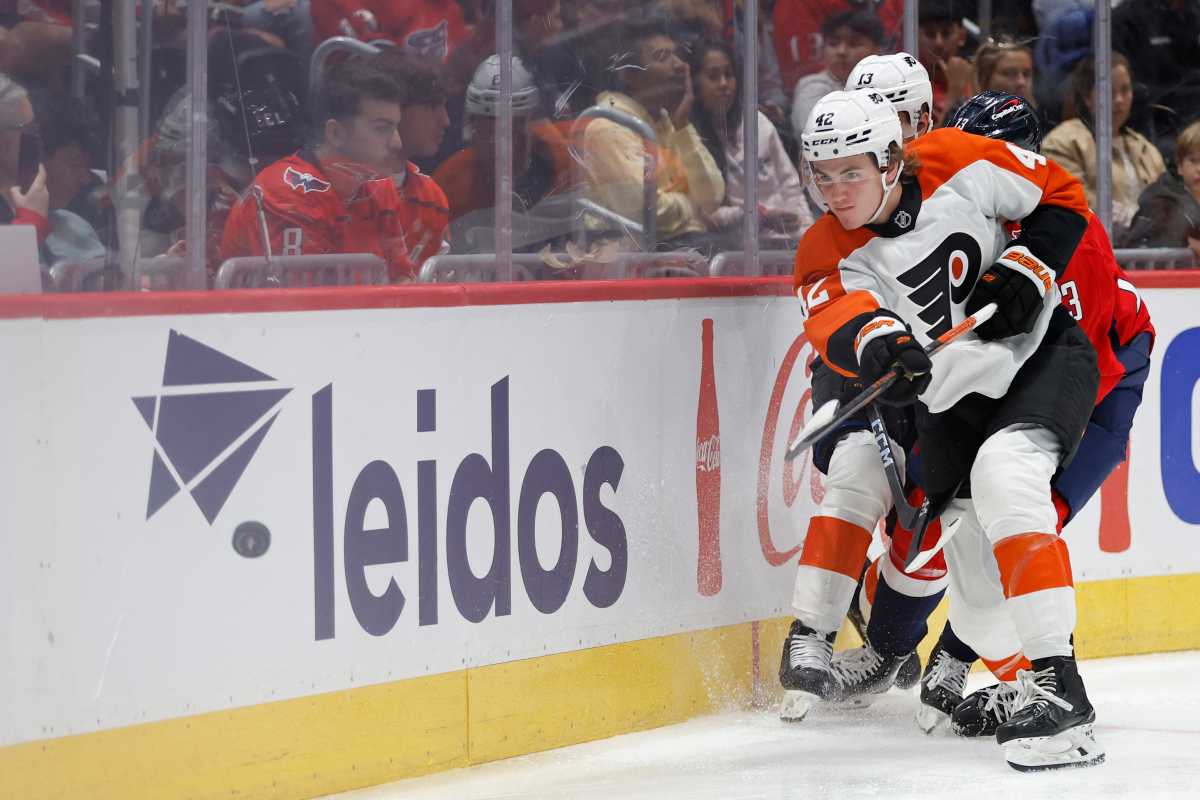More automated speed cameras are coming to Philadelphia, and residents have a chance to suggest which Philly streets need the enforcement devices.
Gov. Josh Shapiro signed legislation in December making existing cameras on Roosevelt Boulevard permanent and allowing local leaders to install automated enforcement on up to five other corridors.
City Councilmember At-Large Isaiah Thomas is running an online survey, available at phlcouncil.com/safestreets, to get recommendations from the public on high-speed and dangerous roadways that could use enforcement.
Respondents fill in demographic information and can then input corridors along with parameters, such as “North Broad Street from Erie to Lehigh avenues.”
Since the questionnaire opened March 1, there have been more than 775 responses, which is above their initial goal of 750 over two months, according to Thomas’s office. The survey is scheduled to remain open until May 1.
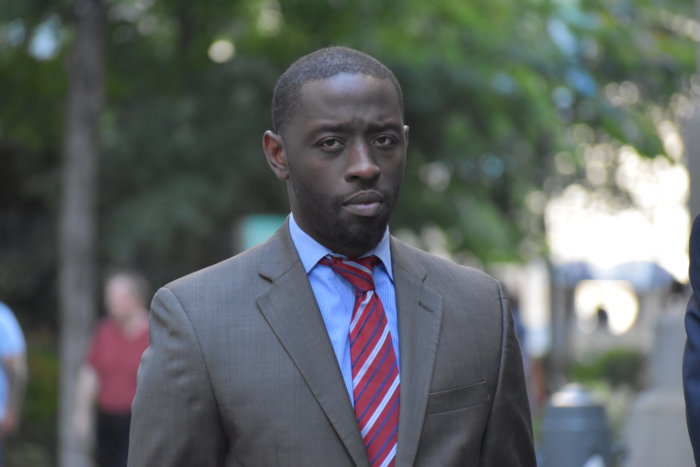
“We’re purposely not looking at people’s responses because we want to wait until the end,” Thomas told Metro, adding that he does not want the release of preliminary results to skew the data.
His team, in attempt to reach a wide audience, has been disseminating the survey though community groups and civic associations.
“Once the survey concludes, we want to be able to look at the data, listen to what constituents are saying and use that as it relates to that information to help make decisions on where these cameras should go,” Thomas said.
The survey encourages people to select a stretch of road included in the city’s High Injury Network – the 12% of streets that account for 80% of all crashes involving a fatal or serious injury.
Mayor Cherelle Parker, in an executive order issued March 21, instructed her administration to update the HIN. The current network is based on crash data collected between 2014 and 2018.
The order also incorporated a variety of other directives to recommit the city to Vision Zero, a strategy adopted early in the administration of Parker’s predecessor, Jim Kenney, to eliminate traffic deaths.
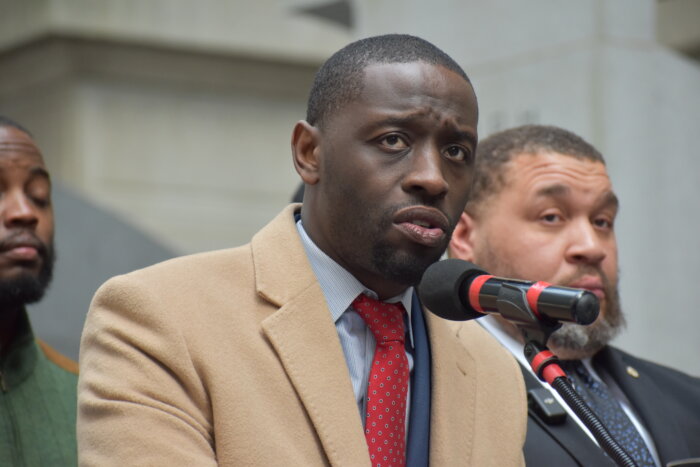
Thomas did not give a timeline for installation of the new cameras, saying Council is “a long way” from implementation.
A spokesperson for the city’s Office of Transportation, Infrastructure and Sustainability said Mayor Cherelle Parker’s administration “is currently working through the data analysis and required engineering studies and should have recommendations for the five selected corridors by early summer.”
A post on the city’s website states that the administration expects to deploy the new cameras in the fall.
The state law permitting the expansion of the camera program requires the city to analyze crash and speed data; conduct a traffic study; and host at least one public hearing before installing the devices.
Additionally, the legislation established a pilot program for automated speed enforcement in five school zones in Philadelphia. Thomas’s survey does not include questions about the school zone pilot.
He and his colleagues will have a say in the final location decision, as implementation of the cameras on a street or in a school zone requires a Council bill.
Results from the Roosevelt Boulevard camera initiative have been promising, with the number of speeding violations dropping around 90% between 2020 and 2022, according to the Philadelphia Parking Authority’s annual report on the program. Data indicate that crashes declined 36% on the 12-lane boulevard from 2019 to 2021, compared to a 6% decrease for the city as a whole.
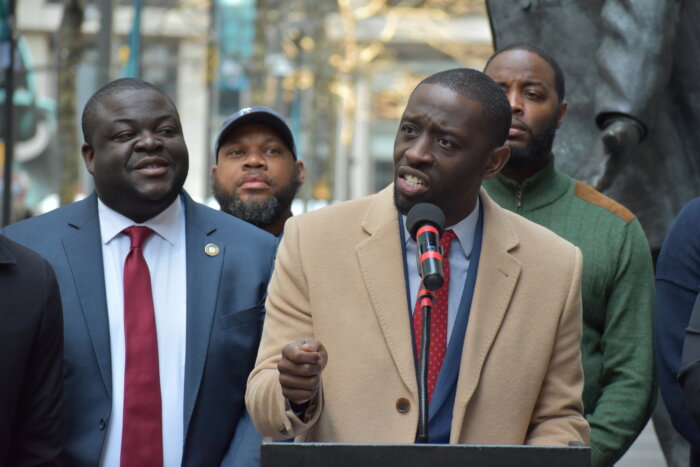
Thomas said the system has created “a change in culture” on the boulevard. Enforcement began in the summer of 2020, and cameras are now posted at 10 locations between 9th Street and the Bucks County line.
The automated system snaps a photograph of the speeding vehicles’ license plates, and anyone going more than 10 mph over the limit is fined between $100 and $150, depending on how fast their car was traveling.



